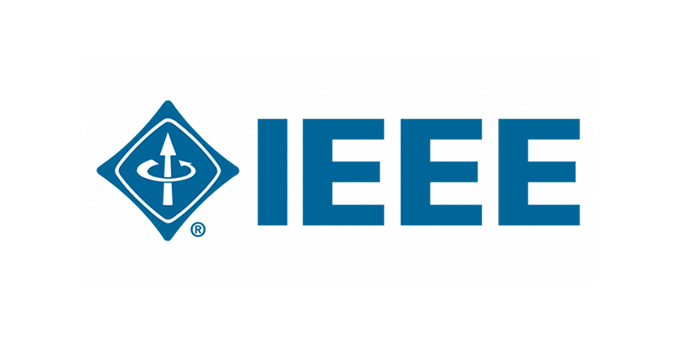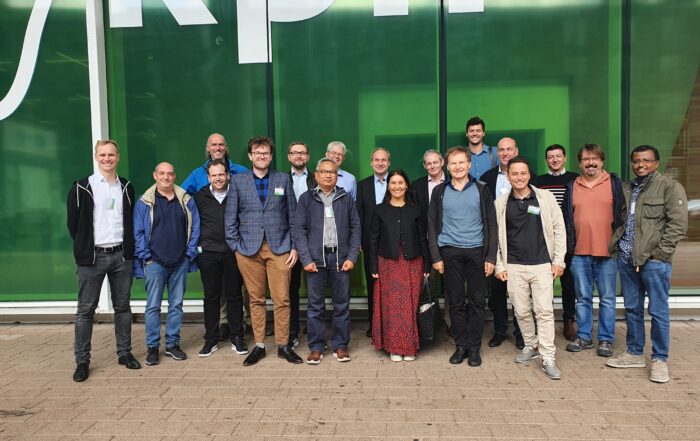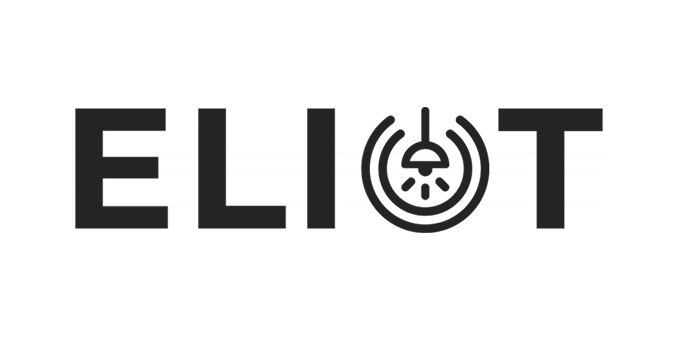ELIoT Partner participate in the IEEE P802.11.bb group, which aims to standardize a PHY layer for wireless optical access. This work tries to leverage the common MAC layer used in 802.11 standards and include the relevant PHY layers that can cope with the wireless optical transmission specificities.
While the MAC layer is the same as other wireless IEEE 802.11 standards, the PHY layer needs some changes to adapt it to the particularities of free space optics. Three physical layers are therefore being developed by the group. Each of these layers adapts the technology to the different scenarios that the technology has to face:
– A mandatory “bridge” physical layer based on IEEE 802.11a. This very simple physical layer would be used during startup of the system to negotiate which physical layer (802.11ax-based or G.9991 based) will be used during normal operation. Moreover, the channel access has to be coordinated via this mandatory PHY.
– A first optional 802.11-based PHY layer based on IEEE 802.11ax (Wi-Fi 6) intended to facilitate mass adoption of the technology in mobile devices. IEEE P802.11bb group believes that using a physical layer that is similar to the rest of the 802.11 PHYs will facilitate the adoption of the technology by reducing the effort needed to integrate the system in existing silicon chipsets. For this reason, the idea has been to start from an 802.11ax system and incorporate the mechanisms to allow working at light wavelengths (both visible and infrared). The resulting physical layer is not optimal for optical transmissions (due mainly for the lack of “per-subcarrier” adaptivity that is important in a low pass channel like the optical channel). However, IEEE P802.11bb group believes that the limitations of this approach are compensated by the fact this could be will be the fastest path to an integrated silicon in wireless devices.
– A second optional ITU-T G.9991-based physical layer. This Physical layer is also called “LC-optimized” since it allows a higher adaptivity to the channel and therefore superior performances. However, this physical layer uses an ITU-T physical layer (with some adaptations) and therefore, incorporating it in an existing silicon in a mobile device would mean integrate a whole new protocol in the silicon, which is something that need careful business analysis. It has to be noted that this physical layer is basically the same than the one defined in ITU-T G.9991 and that is based on ITU-T G.9960/61.
IEEE P802.11bb is approximately half-way through the ongoing specification work. The PHY layers are done and were added to the draft. Current focuses on the MAC layer and the integration of the different PHYs into 802.11 MAC. It is expected that MAC contributions will come in during 2020 and finalization and balloting of the draft will be ongoing during 2021.
Recent Posts
Final ELIoT EU Review Meeting, Rotterdam, September 2022
The final ELIoT review meeting took place on 6th of September 2022 in Rotterdam at KPN's premises. The consortium presented the main project results to the EU, in particular the results of the numerous demonstration [...]
ELIoT: enhancing LiFi for next-generation Internet of things
Linnartz, J.P.M.G., Corrêa, C.R.B., Cunha, T.E.B. et al., "ELIoT: enhancing LiFi for next-generation Internet of things," J Wireless Com Network 2022, 89
ELIoT Demonstrator – Fixed Wireless Access
ELIoT demonstrates optical wireless communication (Light Fidelity - #LiFi) in different scenarios. In this video the use of LiFi for Fixed Wireless Access is shown, which bridges the last meters between the building and the [...]



